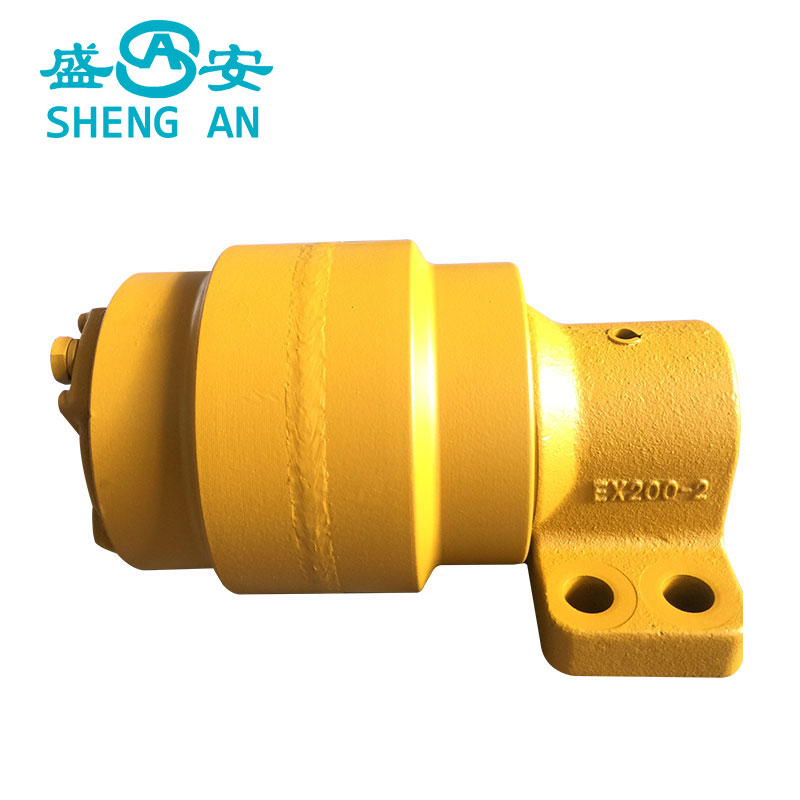Exploring Diversity: A Guide to Different Types of Carrier Roller Designs for Conveyor Systems
2024-03-04
Introduction:
Carrier rollers are essential components of conveyor systems, providing crucial support and guidance for the conveyor belt and the conveyed load. These rollers come in various designs, each tailored to meet specific application requirements and operating conditions. In this blog, we'll explore the diversity of carrier roller designs available in the market, shedding light on their unique features, advantages, and applications.
1. Troughed Carrier Rollers:
- Troughed carrier rollers feature a concave design that cradles the conveyor belt, providing enhanced support and preventing material spillage.
- These rollers are ideal for applications where materials need to be contained within the conveyor belt, such as bulk handling operations in mining, quarrying, and construction.
2. Flat Carrier Rollers:
- Flat carrier rollers have a flat surface profile and provide uniform support across the width of the conveyor belt.
- These rollers are suitable for conveying flat or uniform-shaped materials, such as boxes, packages, or sheet materials, where material containment is not a concern.
3. Impact Carrier Rollers:
- Impact carrier rollers are designed to absorb and cushion the impact of heavy or irregularly shaped materials as they are loaded onto the conveyor belt.
- These rollers feature reinforced construction and resilient materials to withstand impact forces and protect the conveyor belt from damage.
4. Garland Carrier Rollers:
- Garland carrier rollers consist of a series of closely spaced rollers mounted on a frame, forming a continuous support structure for the conveyor belt.
- These rollers provide increased contact area and improved belt support, making them suitable for applications requiring high-capacity conveying or handling of bulky materials.
5. Self-Cleaning Carrier Rollers:
- Self-cleaning carrier rollers feature specialized designs or surface treatments that prevent material buildup and debris accumulation on the roller surface.
- These rollers are ideal for applications where cleanliness and hygiene are critical, such as food processing, pharmaceuticals, or sanitary conveying.
6. Friction-Driven Carrier Rollers:
- Friction-driven carrier rollers utilize friction between the roller surface and the conveyor belt to drive the movement of materials along the conveyor line.
- These rollers are commonly used in gravity conveyors or incline/decline applications, where powered drive mechanisms are not required.
7. Spiral Carrier Rollers:
- Spiral carrier rollers feature a spiral or helical design that provides continuous support and guidance for the conveyor belt, minimizing belt mistracking and maximizing belt life.
- These rollers are suitable for applications with curved or spiral conveyor configurations, such as baggage handling systems or assembly lines.
Conclusion:
The diversity of carrier roller designs available in the market reflects the wide range of applications and operating conditions encountered in conveyor systems. By selecting the appropriate roller design based on the specific requirements of the application, businesses can optimize conveyor performance, enhance material handling efficiency, and achieve reliable and cost-effective operations. With the right carrier roller design in place, conveyor systems can effectively transport materials across industries, contributing to increased productivity and profitability.



